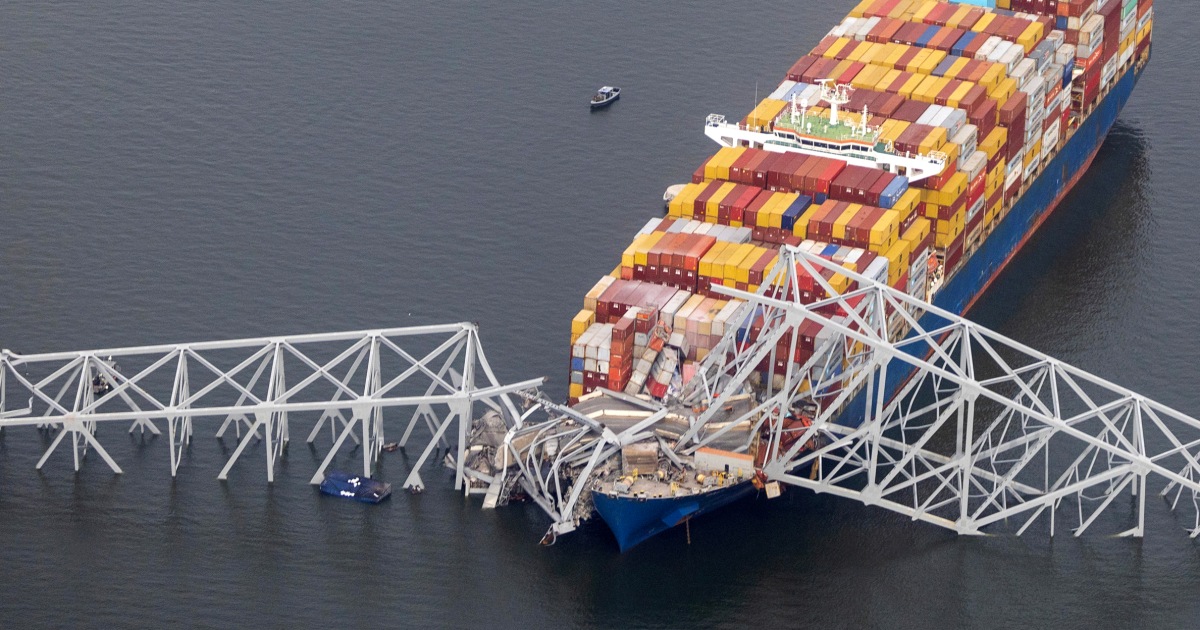Key takeaways:
- The NTSB emphasized the importance of vulnerability assessments for bridges after the Francis Scott Key Bridge collapse in Baltimore, which occurred due to a cargo ship collision with a bridge pillar.
- In response, the NTSB advised 30 bridge owners in 19 states to conduct vulnerability assessments on 68 bridges to prevent similar incidents, as part of a broader effort to enhance infrastructure safety.
- NTSB Chair Jennifer Homendy highlighted that if the MDTA had conducted a vulnerability assessment, they might have mitigated the risk of collapse, underscoring the need for regular evaluations of structural vulnerabilities.
The National Transportation Safety Board (NTSB) has highlighted the importance of conducting vulnerability assessments for bridges, following the collapse of the Francis Scott Key Bridge in Baltimore. During a recent news conference, NTSB Chair Jennifer Homendy emphasized that the Maryland Transportation Authority (MDTA) did not perform a crucial vulnerability assessment that could have identified structural risks associated with vessel collisions. The bridge collapsed on March 26, 2024, after a cargo ship struck one of its pillars, underscoring the need for proactive risk management strategies.
In response to this incident, the NTSB has advised 30 bridge owners across 19 states to conduct vulnerability assessments on 68 bridges. These assessments are intended to evaluate the risk of bridge collapses due to vessel collisions, aiming to prevent similar incidents in the future. The NTSB’s recommendation is part of a broader effort to enhance the safety and reliability of the nation’s infrastructure by identifying and mitigating potential risks before they lead to catastrophic failures.
Jennifer Homendy, the NTSB Chair, stated that if the MDTA had conducted a vulnerability assessment based on recent vessel traffic, they might have been able to implement strategies to reduce the risk of a collapse and prevent the loss of lives. The failure to conduct such an assessment for the Key Bridge has been a focal point of the NTSB’s findings, highlighting the need for transportation authorities to prioritize regular evaluations of structural vulnerabilities.
The collapse of the Key Bridge serves as a stark reminder of the potential consequences of inadequate infrastructure assessments. Federal officials are now urging bridge owners nationwide to take proactive measures in assessing and addressing the risks posed by vessel traffic. This initiative aims to safeguard public safety and ensure the longevity of critical transportation links across the United States.



Be First to Comment